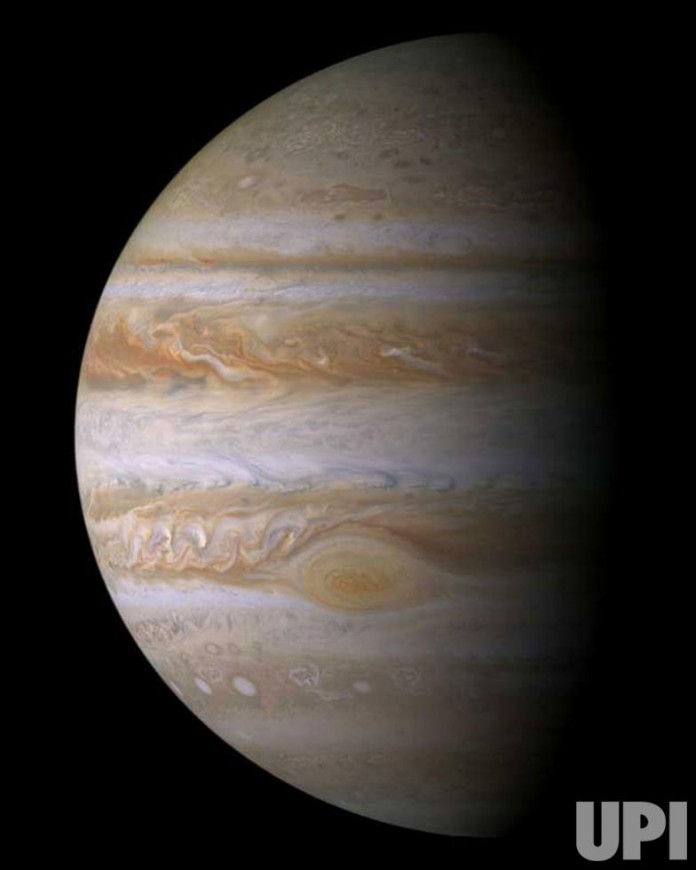A compilation of unexpected facts about the planets in our solar system.

Despite being the second planet from the sun, Venus’ atmospheric thickness and composition make its average temperature about 875 degrees Fahrenheit, which isabout 75 degrees warmer than the highest temperature on Mercury, the closest planet to the sun.
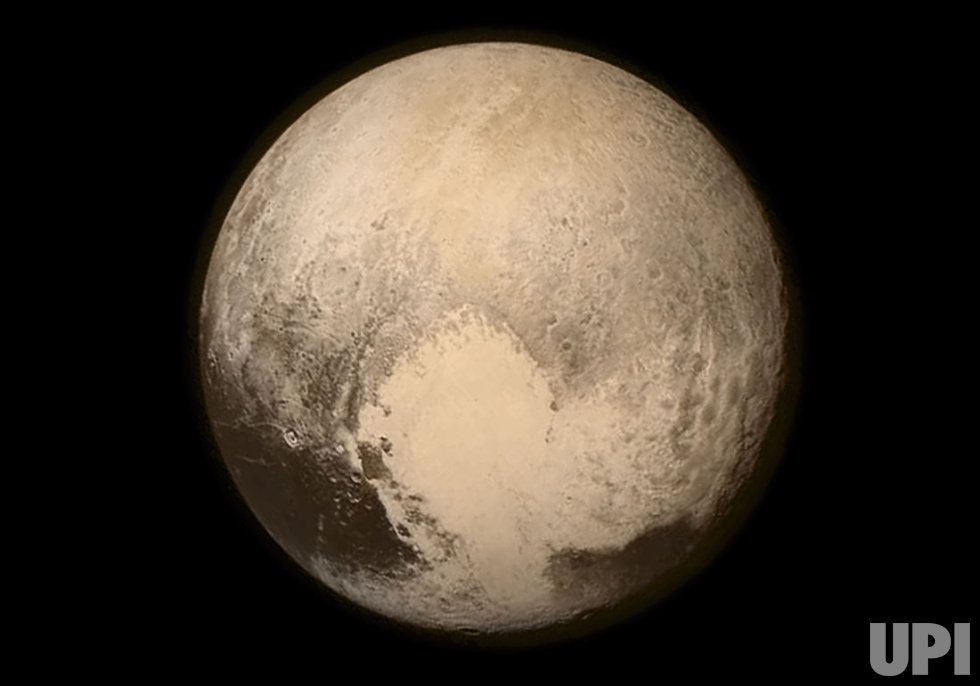
With a diameter of just over 1,475 miles, the dwarf planet is considerably smaller than the United States, where the greatest distance between two mainland points within contiguous states is 2,892 miles from Point Arena, Calif. to West Quoddy Head, Maine.
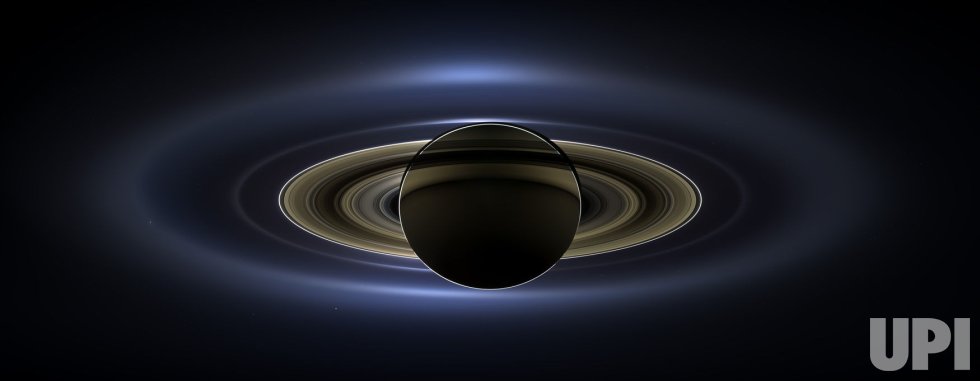
All of the larger planets including Jupiter, Neptune and Uranus have rings, but they are difficult to see because of distance.
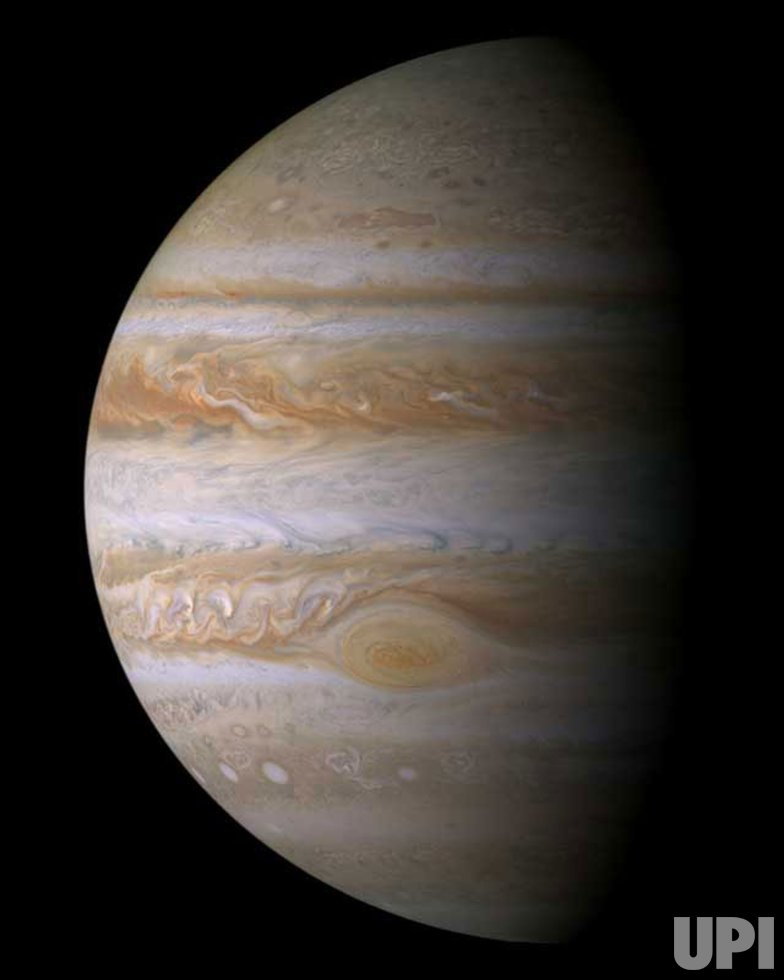
The largest planet of the solar system uses its powerful magnetic field to attract space debris and other dangerous objects into its orbit, thus shielding other planets.
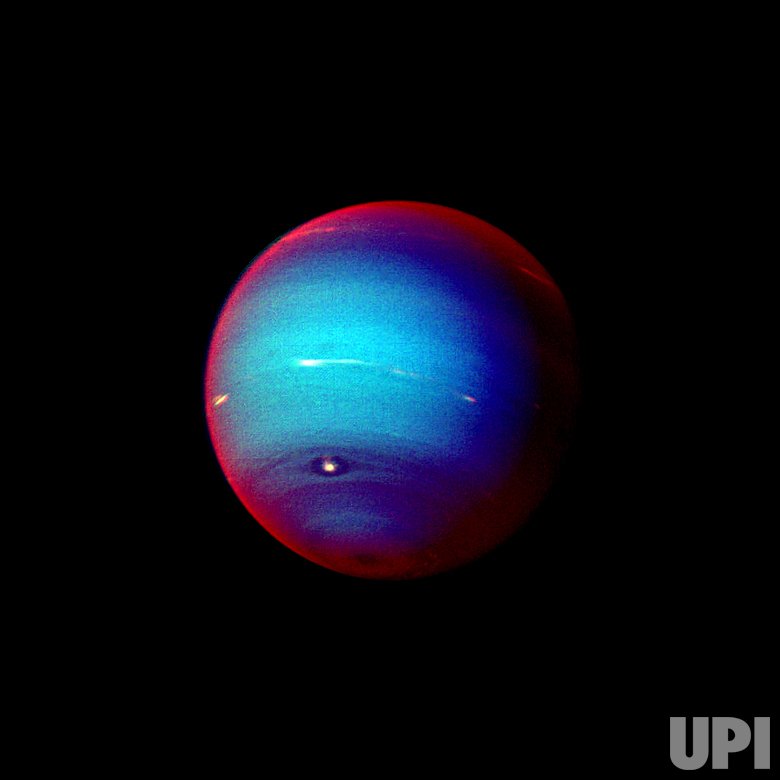
The winds of Neptune can travel at more than 1,500 mph, which is the maximum speed of a Lockheed Martin F-16 jet fighter.
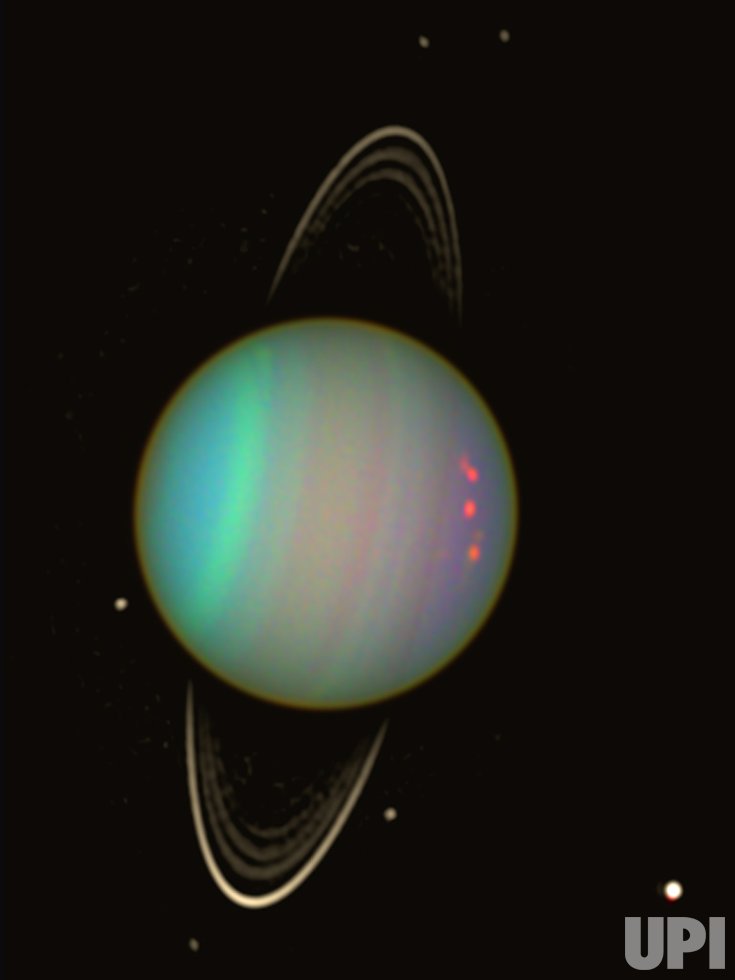
The seventh planet from the Sun orbits the star on its side. NASA says a collision with an Earth-like object might have caused the planet to tip.
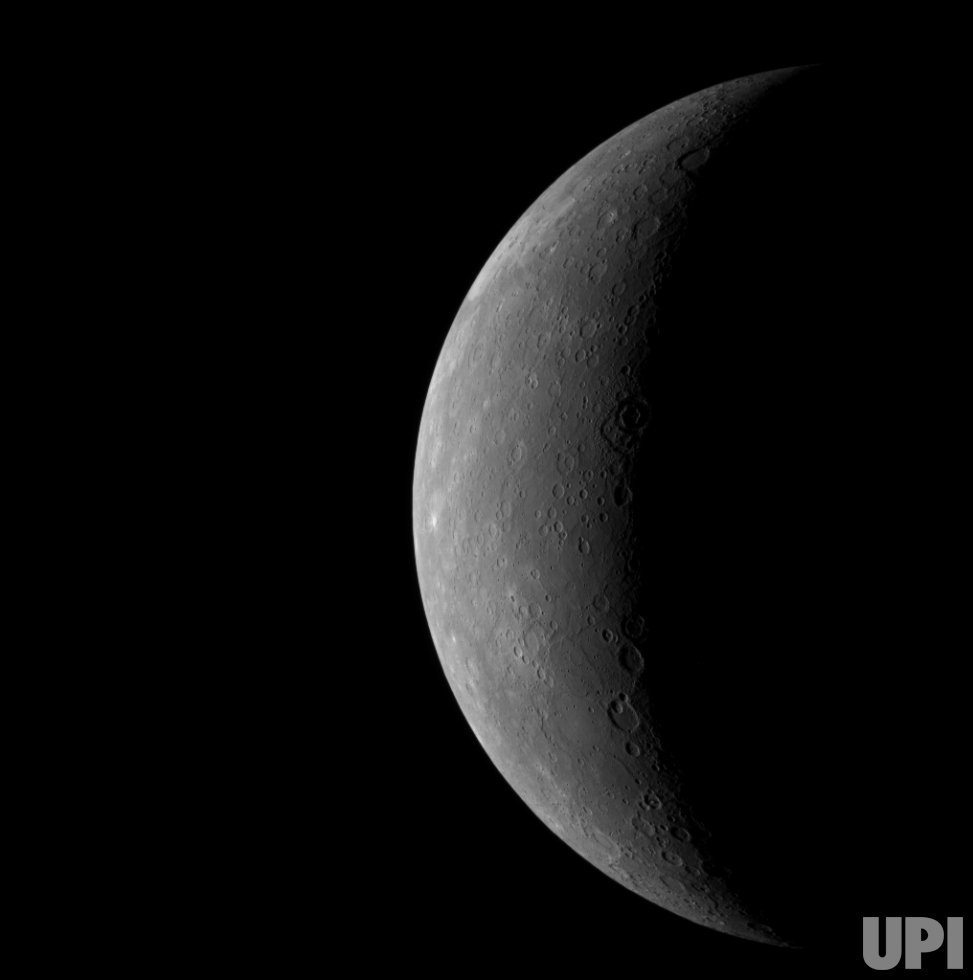
While being the closest planet to the Sun allows Mercury to reach temperatures of 800 degrees Fahrenheit, its light atmosphere impedes the planet from entrapping heat. Night temperatures can drop to -279 degrees Fahrenheit.
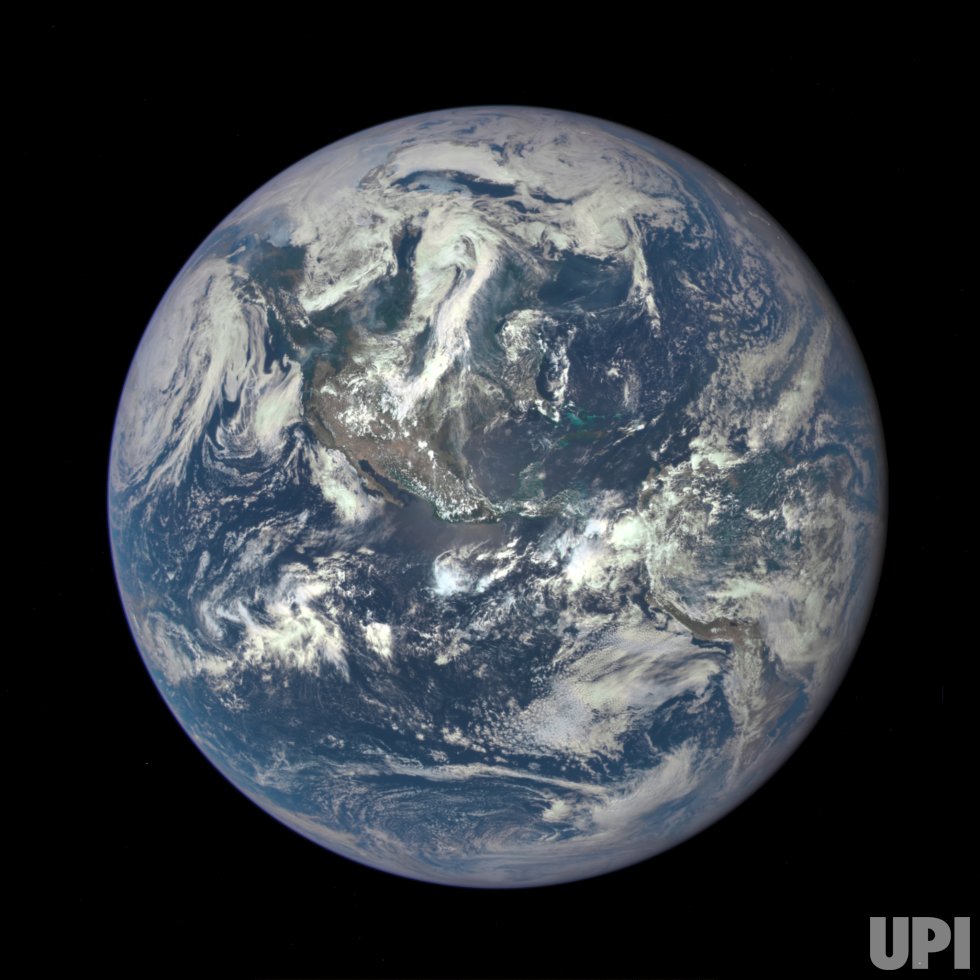
The slow and inconsistent shift of Earth’s acceleration — think 17 milliseconds per hundred years — could bring about 25-hour days in 140 million years.
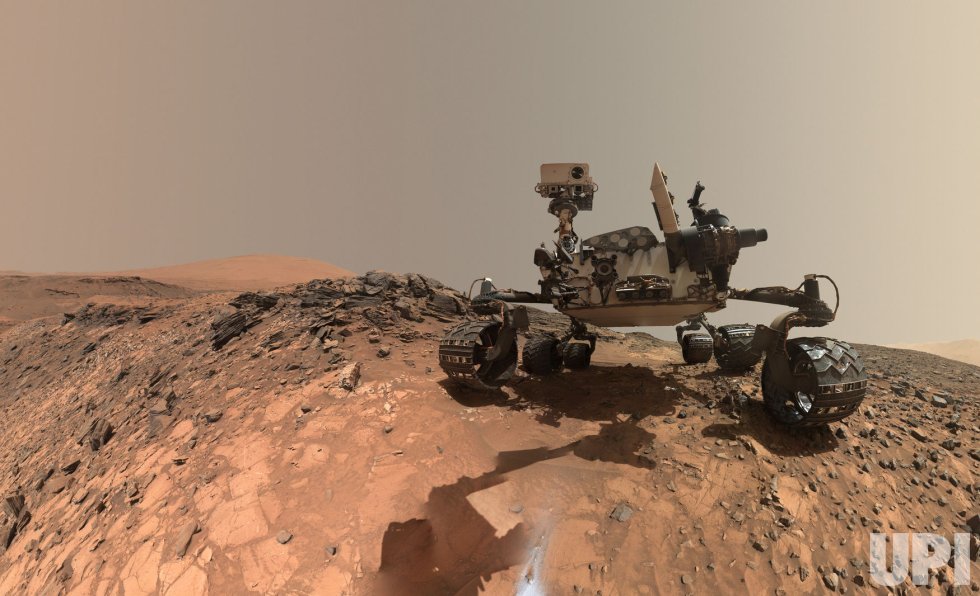
Martian rocks have been found in Antartica, the Sahara Desert and other places. The meteorites — believed to have been violently ejected from the Red Planet — presumably collided with Earth after lingering as space debris for years.

